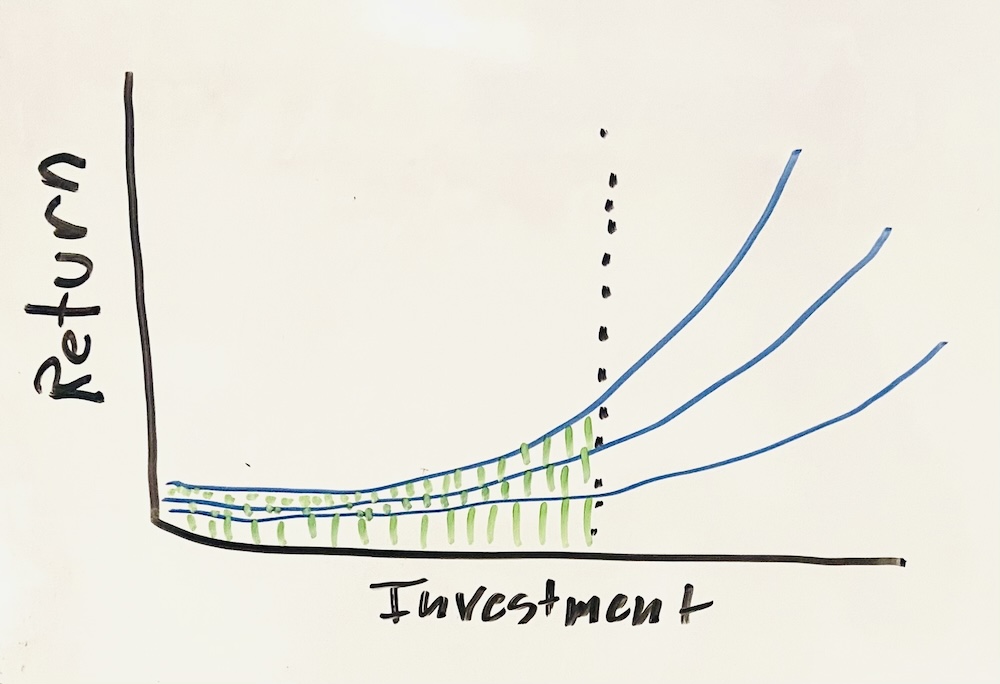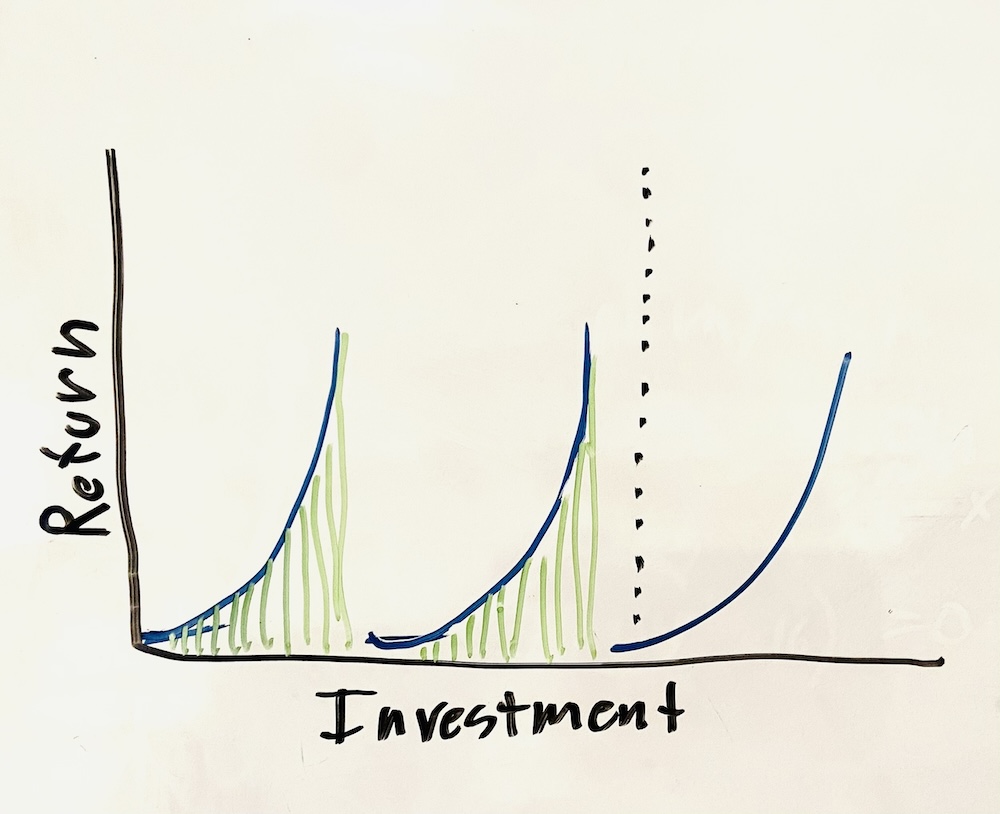Focus is an incredibly powerful tool for teams and individuals. I know, what a unique position. Despite how obvious this statement seems, it's far too easy for teams to slip into the tyranny of the immediate—and it happens without them realizing it. It's worth fighting against split focus. Maintaining and protecting focus leads to improved productivity, predictability, and team morale.
Proponents of Focus
Among the plethora of business-oriented self-help books, many titles champion the virtues of focus. Notable examples include Deep Work by Cal Newport, Flow: The Psychology of Optimal Experience by Mihály Csíkszentmihályi, and Getting Things Done by David Allen. While each offers unique strategies for achieving focus, they all underscore its crucial role in boosting individual productivity.
As a leader, these concepts are valuable, but your primary responsibility is to foster an environment of focus for your teams. Books like the DevOps Handbook by Gene Kim and An Elegant Puzzle by Will Larson explore the benefits of focus and limited work-in-progress at the team level. If you believe focus is important, you're in good company.
So, why do all these authors advocate so strongly for focus? Simple—it delivers results. Let's dive into the benefits that focus brings.
Time to Value
At one of my previous companies, we had a team struggling to meet their promised timelines. Only about one in five projects was being delivered on time.
When we investigated the problem, we discovered that nine engineers were simultaneously working on seven projects—nearly one project per individual contributor! This meant team members were solving problems individually rather than collaboratively. Engineers working alone at full capacity had no buffer to absorb the inevitable surprises that arise during software development. Consequently, each project took longer than estimated, and the company had to wait longer to realize value from the team's work.

Fig. 1 - Illustration inspired by An Elegant Puzzle by Will Larson
Once we reduced the number of concurrent projects to three, then two, the team's on-time delivery rate dramatically improved from one in five to four in five. The team now operated in two or three small, focused groups, enabling them to better absorb unexpected challenges and complete work more quickly.
This shift allowed the company to reap benefits from these projects sooner. The time to value decreased significantly. As a result, other business units were able to accelerate their own progress once each project was completed.

Fig. 2 - Illustration inspired by An Elegant Puzzle by Will Larson
Focus and Prioritization
Another team I worked with was also striving to improve focus. One team member observed, "Focus highlights the trade-offs of new work arising."
If your team is in "reaction mode"—responding to every request that comes in—they're almost certainly lacking focus. When I introduced these concepts to the team, they quickly realized how their constant responsiveness was actually undermining their ability to focus.
The solution? We created a prioritized list—a place to park new work so it wouldn't be forgotten. This allowed the team to complete their current work-in-progress before moving on. With this list, we could evaluate the value of new work against existing priorities. Additionally, we implemented an on-call schedule, designating one person each week to handle emergent work.
Focus and prioritization are inextricably linked, which raises a crucial question: "What should we focus on?"
Focus on the Right Thing
Focus is valuable only when directed at the right things.
The question "What should the team focus on?" can be reframed as "What can the team do that most impacts the company's desired results?" Answering this requires a deep understanding of your team's, stakeholders', and company's goals. Once these goals are clear, the team can ask, "Does this work move us toward our objectives?"
We shared our team's goals openly during regular sprint reviews and revisited them weekly. This approach instilled a prioritization instinct in the team. We also held weekly meetings with stakeholders to review new work and set clear boundaries around mid-sprint changes.
These steps ensured we were focusing on the right things and created space for concentrated effort.
An added benefit is that team members always knew what to work on and how their efforts connected to company goals. This enhanced their sense of belonging, as they could be confident that they were doing valuable work.
Conclusion
In conclusion, a focused team is a powerful asset for any organization. By maintaining focus, teams can consistently deliver on time, reduce the time to value for their projects, and minimize wasted effort from context switching. Moreover, focused teams are better equipped to handle unexpected challenges and prioritize their work effectively. These benefits not only improve productivity and efficiency but also contribute to better team morale and alignment with organizational goals. As leaders, it's crucial to create an environment that fosters and protects focus, enabling your teams to achieve their full potential and drive meaningful results for the company.
Executive Summary
- Focused teams are powerful assets for organizations
- Benefits of maintaining focus:
- Consistent on-time delivery
- Reduced time to value
- Minimized wasted effort from context switching
- Better handling of unexpected challenges
- Effective work prioritization
- Focus improves:
- Productivity and efficiency
- Team morale
- Alignment with organizational goals
- Leaders must create environments that foster and protect focus
- Focused teams achieve full potential and drive meaningful results